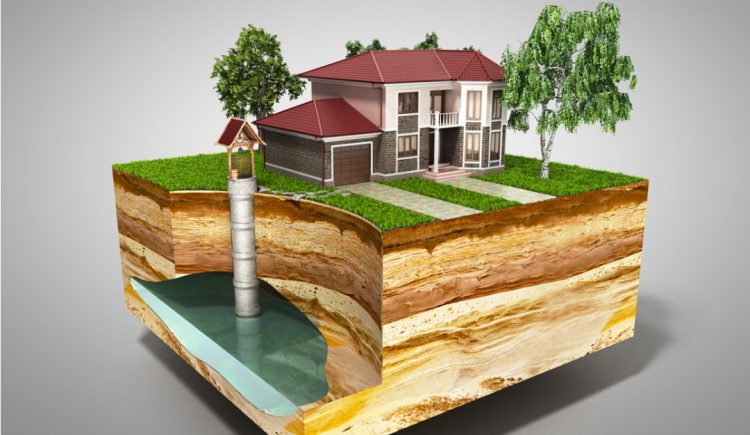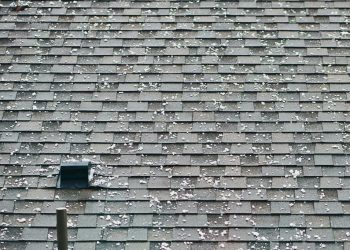If you’re thinking about purchasing a house that gets water from a well, you should have tests conducted before making a final decision. You need to make sure that the water is safe to use and that the well will be able to provide enough water for your family.
Why Testing Is So Important
Water that comes from a public source is treated and tested for safety. Water that comes from a well may contain bacteria and other contaminants that can make your family sick. That’s why you should have the water tested for quality before you buy a house with a well.
Laws regarding wells vary by city and state. The local or state government may have specific requirements regarding the maximum allowable amounts of certain contaminants in well water, as well as the location of a well and how far it must be from a septic system. Before you buy a house, you need to be sure that the well complies with all relevant requirements.
What Will Be Tested
A sample of tap water will be sent to a lab, and you will receive a report identifying the pH, hardness and amounts of bacteria and contaminants in the sample, as well as acceptable values. If testing reveals that the well water is contaminated, you might be able to address the issue inexpensively by using a filtration system.
Well testing should also measure quantity. You need to be confident that the well will provide enough water to meet your family’s needs for the foreseeable future. Professionals can test the flow rate, or the number of gallons the well can produce per minute, in addition to the well’s capacity.
Other Things to Check
A standard well water test might not check for volatile organic compounds and radon. If the lab where you’re sending a sample for testing doesn’t automatically check for those things, ask the lab to test for them.
An inspector can assess a well’s construction, estimate its remaining lifespan and check for any problems that could affect water pressure or lead to contamination. A professional will also consider any potential issues related to the well’s location.
The well cap should be in a place where it won’t be possible for contaminants to get washed downhill and wind up on top of the well cap. The distance between the well and the septic system is also critically important. If they’re too close together and the septic tank leaks, it can contaminate the water in the well.
Some localities require the owner of a property with a well to have a permit. If a permit is required, ask to see it before you go ahead with a purchase.
Invest in Well Testing
You don’t want to gamble with your family’s health. You should know what you’re getting before you buy a house with a well. Depending on location, you may have to pay for well testing. It may cost several hundred dollars, but it will be money well spent.











